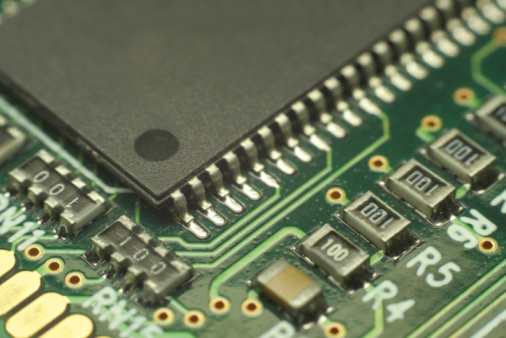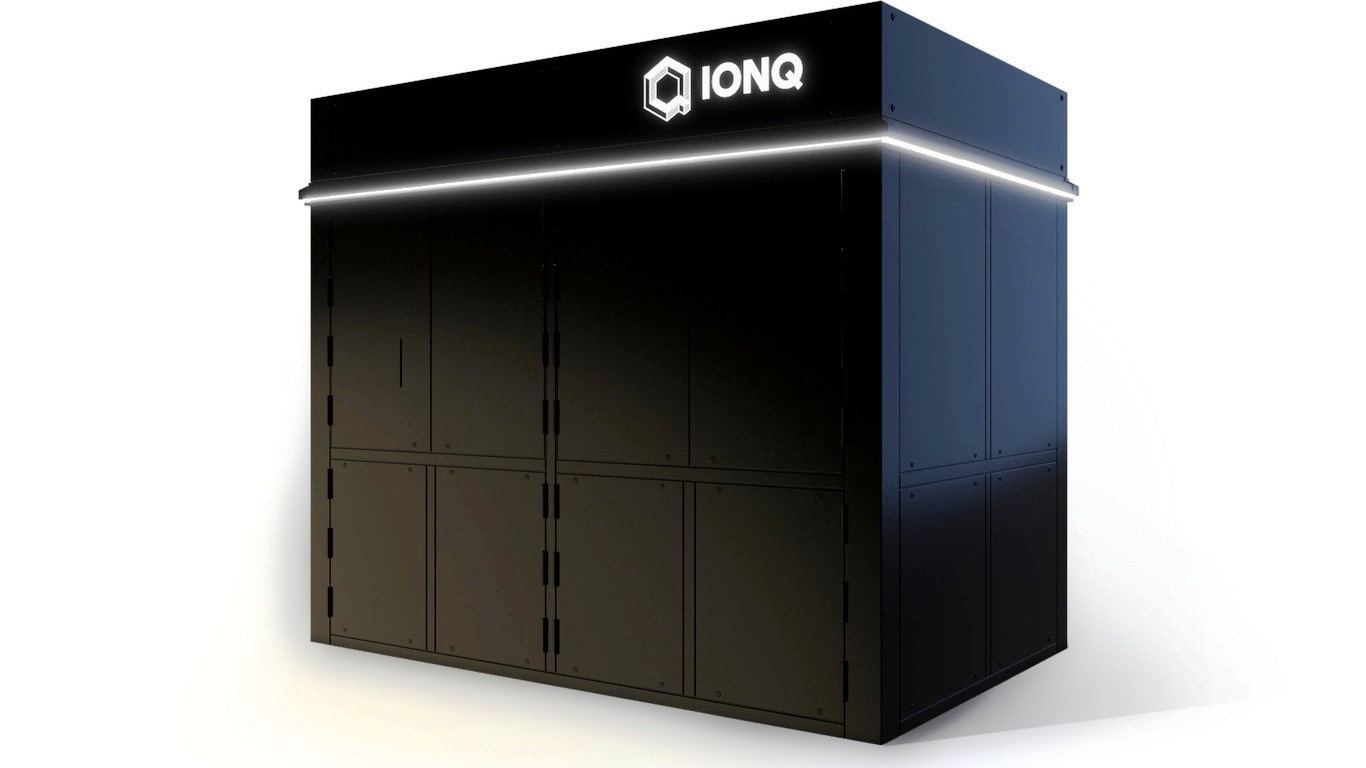Advanced Micro Devices Inc. (NYSE: AMD) has a lot of things going on behind the scenes. The company has a proposed $500 million senior note offering, which will effectively finance a tender of other notes coming due. Now the ratings agencies have chimed in with mixed views, but there are many things for investors to consider in 2014 and beyond.
24/7 Wall St. recently picked AMD as one of nine stocks that could double in 2014. That is still the case, and this number of notes being offered changes nothing on the potential double front. AMD cannot be compared to much without reviewing Intel Corp. (NASDAQ: INTC), even if NVIDIA Corp. (NASDAQ: NVDA) may matter more currently.
There also remains the pesky notion that Qualcomm Inc. (NASDAQ: QCOM) or one of its mobile chip competitors could magically sweep in and acquire AMD. This is likely a lower degree possibility than the company just being evaluated for a turnaround, but it cannot be avoided as a possibility.
AMD’s note offering is a private offering of senior notes due 2019, and the company plans to use the proceeds to repurchase up to $425 million of its outstanding 6.00% convertible senior notes due 2015 through a tender offer, and to repurchase up to a maximum of $200 million of its outstanding 8.125% senior notes due 2017 through a tender offer.
The ratings agencies have chimed in. Standard & Poor’s gave the new notes a B rating and a 3 recovery rating, which implies a 50% to 70% recovery in the event of a default. S&P has a negative outlook for AMD. Moody’s Investors Service has a different take on the matter. On Wednesday came word that Moody’s affirmed the B2 corporate family rating of AMD and revised the outlook to stable from negative, and the speculative grade liquidity rating was raised to SGL-2 from SGL-3.
AMD is far from out of the woods, and admittedly it could still lose ground in its big turnaround. After all, the PC market is still poor, AMD and arch-rival Intel have missed out on the first and second wave of migration into smartphones and tablets. Still, there is much happening in AMD’s favor.
AMD’s biggest story is on graphics. Having won the design orders for a processor and graphics function for the PlayStation 4 and Xbox One, AMD is also in a great position for PC gaming as well. It is also making headway in servers, as well as its custom model for the new wave of companies that build their own systems internally and are supplier-agnostic when it comes to who makes what is inside their boxes — as long as they are the best, or the best for the price.
By our take, AMD’s new financing is a win for AMD shareholders. Just go ask Sirius XM Radio how well it was served by Mel Karmazin’s continued press to push out its debt maturity schedules. A move of this sort can save a company outright, or in AMD’s case it could allow AMD’s turnaround to take effect without that ax of impending debt maturities over management’s head.
A lot has been skipped and skimmed over. AMD shares are indicated marginally lower in late Thursday morning trading, but honestly the trading volume of almost 5 million shares is simply too small to even count as a “trading reaction” from any substantial news.
When 24/7 Wall St. listed AMD as one of nine potential doubles in 2014, the share price was $3.48. Now shares are around $3.71, and the 52-week range is $2.26 to $4.65. A double would take it up closer to $7.00.
The consensus analyst price target is almost $4.00 for AMD shares. The high price target is $5.50, but Wells Fargo was outlining the possibility of higher prices just in 2013. Also, AMD was an $8 stock as recently as the first half of 2012, and its stock was well north of $15 before the recession.
Perhaps this seems overly ambitious to maintain the notion that a stock could double after the raging bull market that we have already seen over the past five years. That being said, AMD is in serious turnaround mode. Yes, this still has risks and yes the company’s history seems to excel in disappointment. AMD’s market cap is only $2.8 billion.
If AMD were to ever get its ship somehow just even close to being on par with Intel’s valuations against sale, then AMD shares could get closer to $12 before it gets crazy. And the same analogy for Qualcomm, that would generate a value above $20 before getting crazy.
Still, 24/7 Wall St. is not banking on that great upside versus any parity discounts to Intel and Qualcomm. The logic that AMD can get up to $7 again is simply on its turnaround taking root, and a little luck in recapturing just a fraction of market share in processors.
As with any big call, it needs to be reiterated that AMD still has many risks. This is just one of those scenarios where the potential rewards may greatly exceed the likely downside if the turnaround upside fails to live up to the gains.
Thank you for reading! Have some feedback for us?
Contact the 24/7 Wall St. editorial team.





